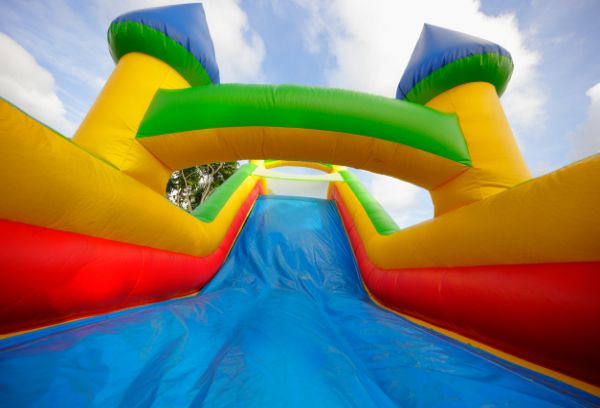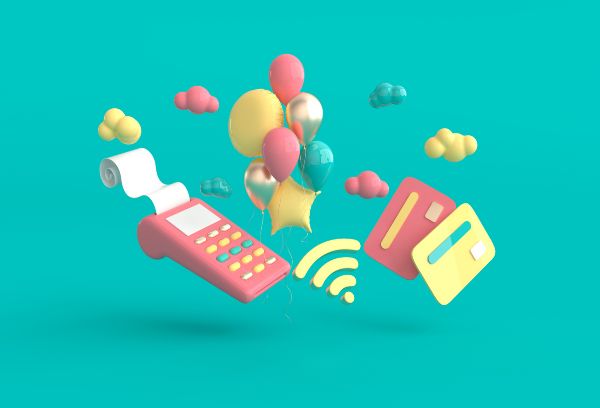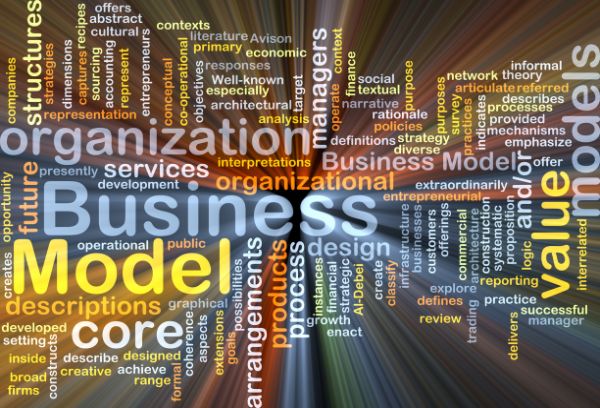The inflatable bounce house business is often one of the first ideas that anyone looking into starting a rental business investigates. When most people deal with these kinds of rentals, they just see someone drop off and set up the unit then pick it up, getting their bounce house business income for seemingly little work.
However, you should take a closer look at the potential profit, revenues, and costs before starting a bounce house business.
How Much Profit Can a Bounce House Business Make?
Bounce house rental profitability has many factors that must be considered to get a real answer. You should add up the cost of the equipment, the insurance for a bounce house business, and other associated costs.
Rental rates can vary, but you might expect an average of 1.5 rentals per unit per week. So having four units will bring you six rentals each week. Rental prices will depend on many specifics, but if you take $175 as a benchmark, you would see $1050 a week from your bounce house business income.
What Does It Cost to Invest in Bounce Houses?
Many factors go into determining your bounce house rental profitability, and the amount you invest is one of them. The cost for each bounce house will vary widely, and you’ll have to weigh this amount carefully against market rates, costs, and other factors.
What Are the Main Bounce House Sizes, Their Costs, and How Much Should You Rent Them for to Be Profitable?
Bounce houses cover a wide range of different attractions, which means that you have plenty of options when starting a bounce house business. The cost to purchase a bounce house will vary depending on the size, type, and condition of each specific bounce house.
The most common types you’ll find on the market today are:
Moon Bounce
This is what many people refer to simply as a bounce house. A moon bounce features a walled-in area with a flat jumping floor. You can get variants with obstacles or with branding from children’s media.
Slide Bounce House
A slide bounce house combines a conventional moon bounce with an exit slide that is accessed through an inflatable ramp or climbing wall.
Water Slide
Inflatable water slides are highly popular and can come as stand-alone items or with additional features.
Inflatable Slide
Some inflatable attractions are stand-alone slides, sometimes featuring racing lanes. Inflatable slides can be notable for their height.
Obstacle Course
Inflatable obstacle courses can feature a variety of obstacles and are suited to many different age ranges.
Toddler Inflatables
Many bounce houses are geared specifically toward toddlers. These are smaller and generally simpler than other options.
More elaborate bounce houses are generally more expensive, along with those that feature water. Size is typically the most significant factor when determining price. Keep reading to learn what some typical sizes of bounce houses can cost.
How Much Does a 10×10 Bounce House Cost?
A basic 10×10 bounce house might cost $1,000, and you could reasonably expect to rent it at around $100 per day. You’ll need ten rentals to break even at that rate, and you could bring in $600 profit each month after that.
How Much Does a 13×13 Bounce House Cost?
The 13×13 bounce house can cost around $1,600 and be rented for $125 per day. You’ll need 13 rentals to break even, and your bounce house business income after that point will be $750 per month.
How Much Does a 15×15 Bounce House Cost?
Your business could expect to pay $2,200 for a 15×15 bounce house. It could be rented for $150 per day, taking 15 rentals to break even. Past that point, you’ll be able to generate $900 in profit per month.
How Much Does a 20×20 Bounce House Cost?
A larger 20×20 bounce house could cost $3,500 and bring in $215 per rental. It would take 16 rentals to break even and provide $1,290 in profit each month after that.
When Should You Rent Out a Bounce House to Be Profitable?
Of course, bounce houses are most popular in the summer. If you’re in a warmer region, the busy season can start early in the spring and extend through the fall. Many bounce houses are suitable for indoor use, particularly in school or community center gyms.
How Can I Manage My Bounce House Rental Business?
Quipli provides an effective rental management software solution for rental businesses of all kinds. You’ll be able to manage your bounce house inventory and take online reservations in a unified system that takes all of the guesswork out of your business. Just contact Quipli today to get started.


